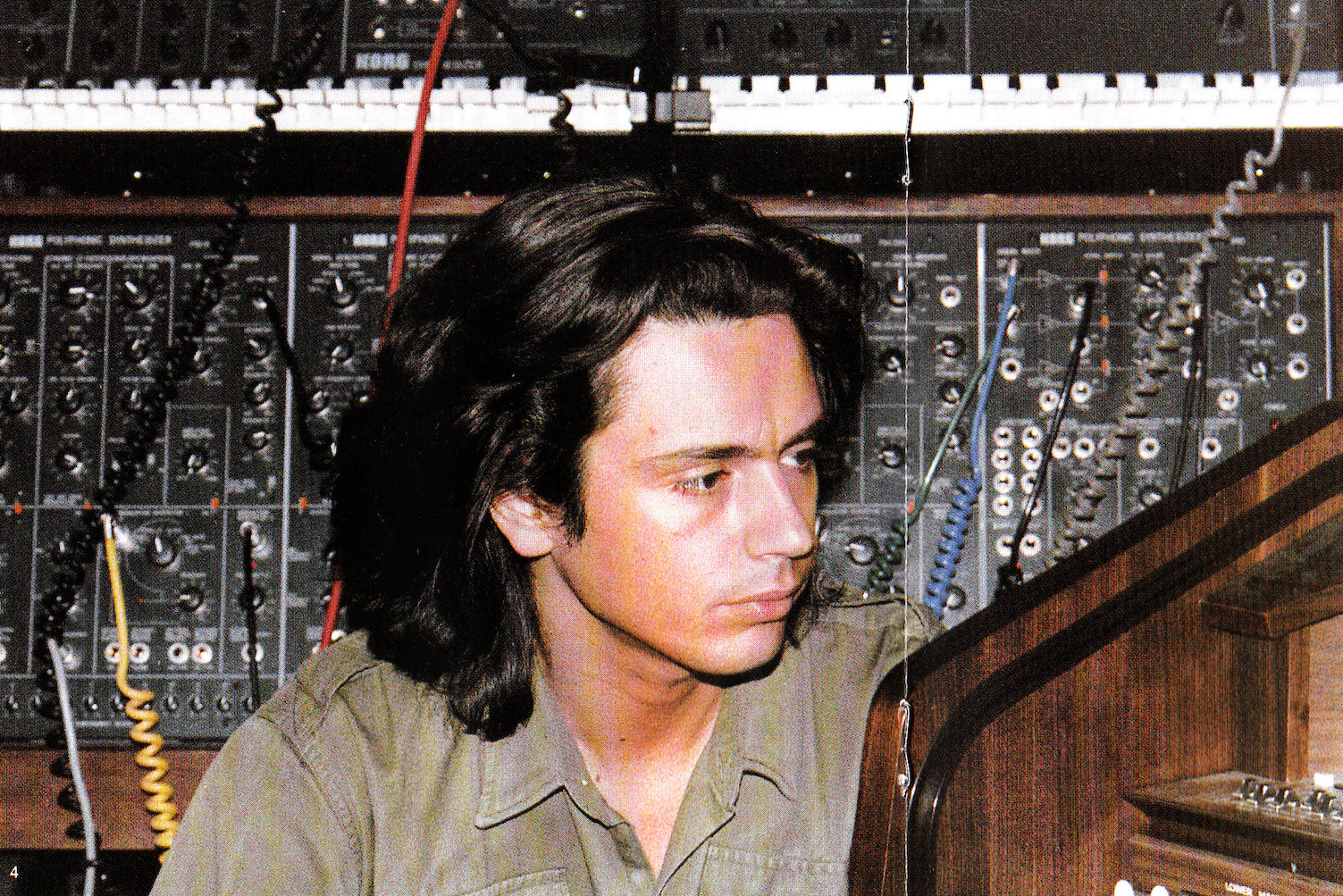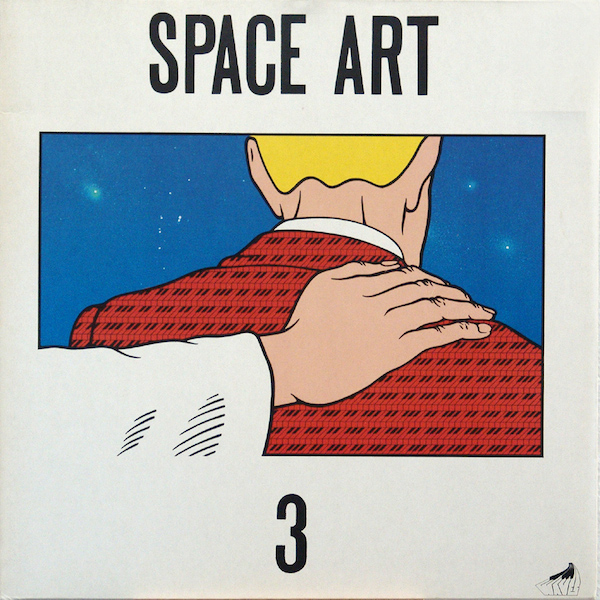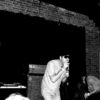“There’s a very refreshing sincerity that contrasts with our times,” says Justice producer Gaspard Augé in the liner notes for Cosmic Machine, a new compilation of experimental French electronic music. “Especially because these composers weren’t cool at the time. They were total geeks; they looked like math teachers with ponytails and bad glasses, or mad professors pent-up in their studios.”
A direct line can also be drawn between the mad-for-it music of the ’70s and the mainstream-influencing movements that breached our shores in the ’90s and ’00s, from the first wave of French touch producers (Air, Cassius, Motorbass, early Daft Punk) to the frizzle-fried electro of Justice’s Ed Banger crew. In the following extensive feature, we share more of Augé’s thoughts on how library records, sound design and space disco impacted Justice’s own productions, as well as Because Music’s complete track-by-track breakdown of their carefully curated compilation..
What triggered your interest in French electronic music from the ’70s?
I spent a lot of time in a flea market where an old guy sold records for 1€, and I’d buy them by the barrel. I discovered five years later that you could listen to them before buying them, but before that I ended up buying a lot of crap for their artwork or because I liked the list of the synthesizers they used. In all this magma, I was immediately fascinated by the energy deployed by these musicians without any recognition; some of them were real pioneers who I imagine made this music by mucking about in their free time.
Do you feel that this period has been overlooked?
I think there’s been a reassessment in England with compilations by Barry 7 and Add N to (X). And in France there was Space Oddities by Alexis Le Tan and Jess, which unearthed some French library music gems. A big part of these records was made for professional use to illustrate videos, so they’re not made to be listened to as whole albums, it’s better to sample your way through them. But when you immerse yourself in them, the length, the amount of effort and the humility that’s involved is really impressive.
Do you feel that a particular style emerges?
Yes, there’s a type of French writing that’s specific to that period, be it in pop music with Gainsbourg and Polnareff, in soundtracks with de Roubaix and Cosma, or in space disco and sound design with all these unknown artists. There’s a combination of naivety and melancholy that’s quite distinctive. Xavier [de Rosnay] and I love it when French tracks manage to combine classical music with electronic and pop. That’s a very French balance that contrasts with the big Scandinavian champions of disco that I find too cold and minimalist. I prefer a type of disco with a heavy melody and a classical theme, and that’s a typically French charm. Frederic Mercier’s music, for example, always oscillates between the childish and the dramatic. Children’s records are also full of gems. There are also a lot of body awareness records, of musical therapy, pretty experimental stuff with weird percussion. A lot of these records had a particular purpose, almost practical, so they had to be as expressive as they could as fast as possible, like the TV credits of that era that are often pop masterpieces. These guys didn’t have much time, so they went straight for the emotional. It had a big influence on the way Xavier and I work.
http://youtu.be/rZgfrDMQFas
Do some of Justice’s tracks relate to that era?
I can think of two: “Valentine” from our first album, that recalls Cosma’s music and could have been a B-side or even a D-side of La Boum; and “Planisphère,” a very long classico disco track that we made for Dior.
Do you feel that this compilation is nostalgic of a futuristic utopia?
Totally. You just have to see how many tracks are about conquering space: space, galactic, moon, rocket, future woman etc… There’s no cynicism there; it’s all very literal.
It’s also a time that was very strong visually…
Right. The record covers are often really appealing with airbrushing, weird photomontages and op art. They’re the few records of that time where there’s no band name on the covers and the musicians are anonymous or hide behind fake names. Comic book artists of that period, like Druillet, were also into that futuristic utopia. In comic books as in music, there was that same juvenile hope that’s quite cheering to look back on.
[youlist pid=”PLfwDgcTF0-risGUa9us9a9m9eEm10T5iU” width=”601″ height=”338″]
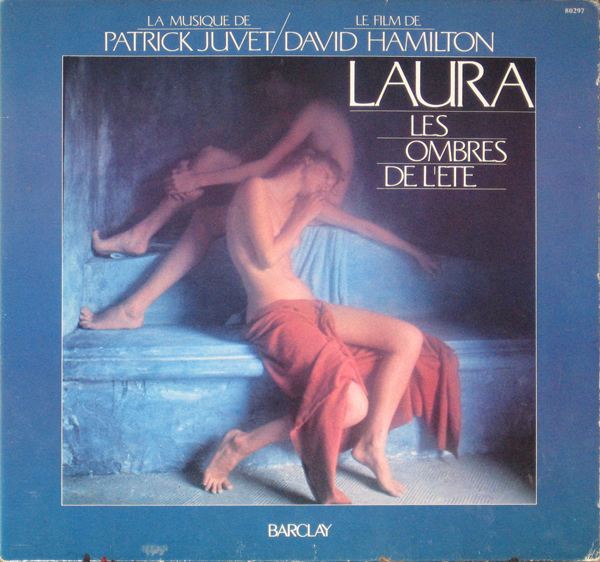
1. PATRICK JUVET, “LE REVE”
Patrick Juvet was a teenage idol before he became a disco star thanks to his album Paris by Night, produced and composed by Jean-Michel Jarre in 1977, and the hit song “I Love America” (co-written with Jacques Morali and Victor Willis of The Village People). In 1979, he composed the soundtrack for Laura, les Ombres de l’Eté, David Hamilton’s second feature film. Far from the Studio 54 strobe lights, Patrick Juvet magnifies the Hamiltonian mist by wrapping the flowering young girls in this synthetic reverie with medieval tones recalling Tangerine Dream or Popol Vuh.
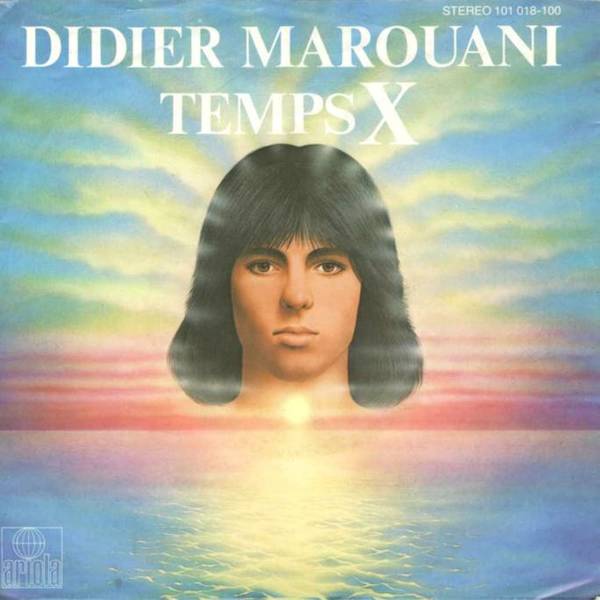
2. DIDIER MAROUANI, “TEMPS X”
In 1979, fresh off the Space rocket, Didier Marouani composed the end credit theme tune for Temps X, Igor and Grichka Bogdanoff’s TV program where, wearing their asbestos suits, they talked of the future of humanity to Giscard d’Estaing’s France, sitting in the spaceship designed for the set. This track is a synthetic ballad influenced by Jarre, an invitation to travel the galaxy alongside the weirdest duo in the history of French television.
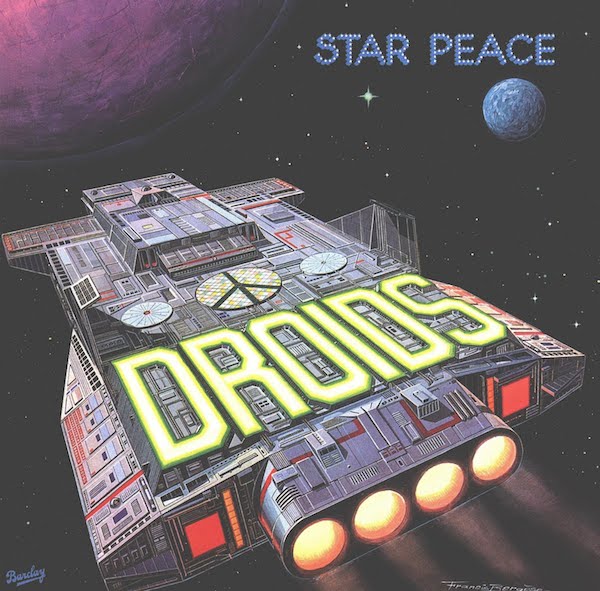
3. DROIDS, “SHANTI DANCE PART 1 & PART 2”
Stepping out of the theatre where he’d just seen Star Wars, Yves Hayat, then a label manager at Barclay, decided to start a band of robots, The Droids, and put together a space opera. He invited keyboardist Richard Lornac and drummer Jean-Paul Batailley to join him aboard his spaceship to compose Star Peace, their only album. Listening to “Shanti Dance Parts 1 & 2,” it isn’t hard to imagine our three Droïds lying on a beach of diamonds sipping electric cocktails in the company of a few Venusian mermaids.
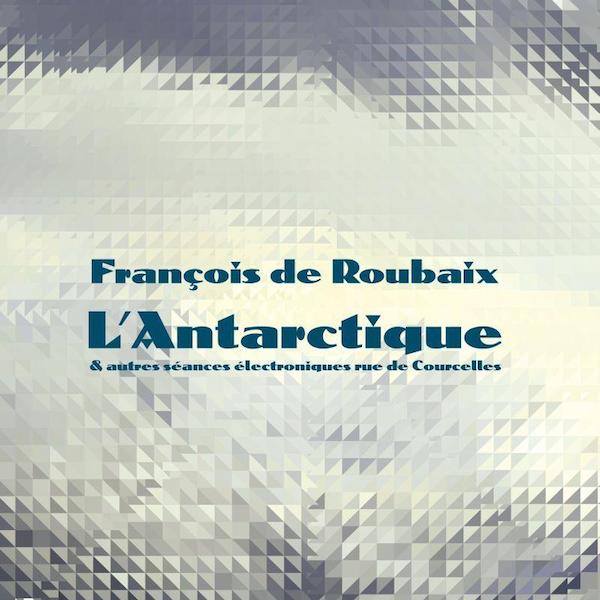
4. FRANÇOIS DE ROUBAIX, “SURVOL”
If François de Roubaix is known as the greatest French soundtrack composer, it isn’t only for his impressive productivity—he died at 36, leaving behind over 30 soundtracks—but mainly for his knack for experimenting. He was among the first to build his own home studio on the Rue de Courcelles where he mixed tribal and electronic instruments. This sublime “Survol” was part of a score that was turned down by Commandant Cousteau for his documentary L’Antarctique.
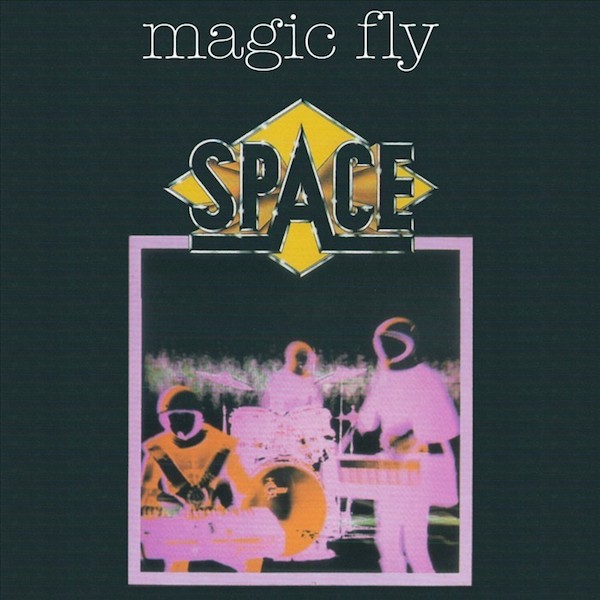
5. SPACE, “MAGIC FLY”
In 1977, Space conquered the blue planet with this “Magic Fly.” Their commander went under the name Ecama and was known in the French pop circle (he composed for Regine, Nicoletta, etc.) under the name Didier Marouani. The ultimate space disco hymn, “Magic Fly” became a worldwide hit and made a phenomenon of Space who sold over 12 million of their three albums (outside of the Soviet Union where the band is worshipped as a celestial divinity). As Sun Ra said, “Space is the place.”
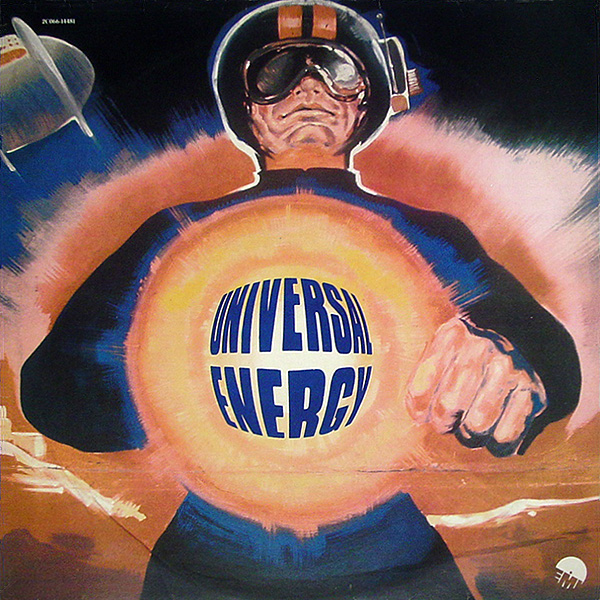
6. UNIVERSAL ENERGY, “DISCO ENERGY (I)”
Here, Bernard Estardy worked with pop composer Jean-Pierre Bourtayre (who worked with France Gall, Françoise Hardy and Claude François) to build this sidereal ballad that flirts with a certain kind of opiate disco.
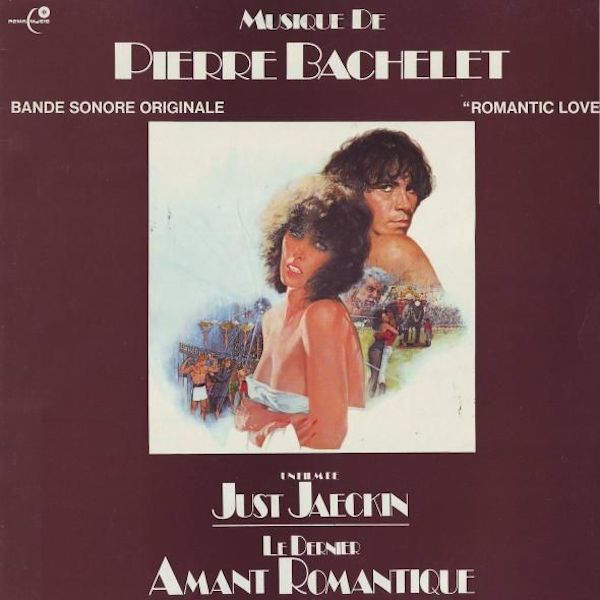
7. PIERRE BACHELET, “MOTEL SHOW”
Pierre Bachelet hoped to become a filmmaker but instead made a name for himself composing soundtracks in the ’70s: Emmanuelle and Histoire d’O by Just Jaeckin, Coup de Tête by Jean-Jacques Annaud and Les Bronzés Font du Ski by Patrick Leconte. In 1979, he resumed his collaboration with the director of Emmanuelle for Le Dernier Amant Romantique, for which he composed this elegant electro disco track.
8. SPACE ART, “LOVE MACHINE”
In 1977, Space Art made quite an entrance in the magnetic field of French electronic music with the track “Onyx,” taken from their eponymous album. The duo was as lyrical as synthetic and introduced itself as “the first scientific popularization band”. The band, made of Dominique Perrier on keyboards and Roger Rizzitelli on drums, made two other interstellar flights: Trip in the Center Head in 1979 and Play Back in 1980. This surprising “Love Machine” is taken from their last opus and opened Space Art to new horizons: that of robotic synth pop, announcing Air’s Sexy Boy 20 years in advance.
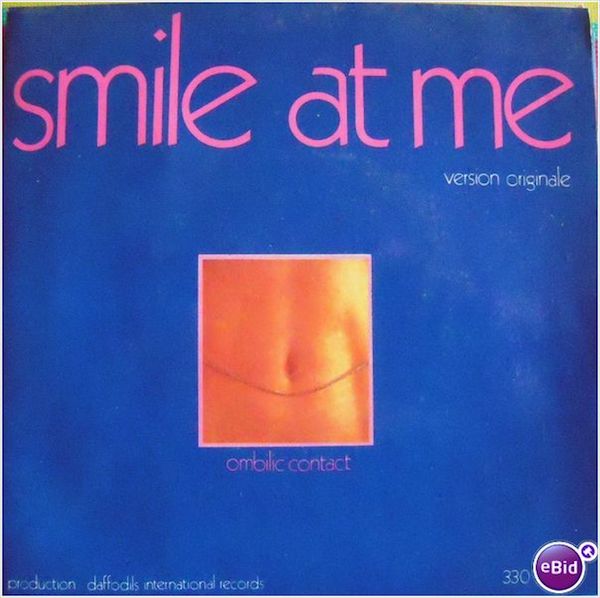
9. THE ATOMIC CROCUS, “OMBILIC CONTACT”
Bernard ‘le Baron’ Estardy was a tireless musician, producer of French pop music (from Manset to Sardou, Claude François, Nino Ferrer, Dalida… everyone made use of his magic fingers). He also experimented in his studios (CBE) where he made his concept album La Formule du Baron in 1969, deploying all his remarkable and boundless inventiveness, between pop and sonic surrealism. This “Ombilic Contact” is a prime example of that, a languid B-side of an ultra-rare EP published in the ’70s.

10. JEAN MICHEL JARRE, “BLACKBIRD”
Many artists recorded their own version of “Popcorn,” including Jean Michel Jarre himself in 1972 under the name Popcorn Orchestra, with this “Blackbird” as a B-side, a variation on “Bridge of Promises,” released the same year on his debut album Deserted Palace. Somewhere between Pierre Henry, Procol Harum and Morricone, Jarre pulls off the difficult task of mixing electronic sounds and European baroque pop.

11. BERNARD FEVRE, “THAT IS TO BE”
Bernard Fèvre was a French eccentric disco artist who entered history with his project Black Devil Disco Club (rediscovered at the beginning of this century). In 1975, he published The Strange World of Bernard Masseira, an album that mixed sound design and experimental music with his unique quirkiness. “That Is To Be” is a previously unpublished track taken from his sessions. It moves like a model—robotic and carnal, heralding the future funky outbursts of Black Devil Disco Club.
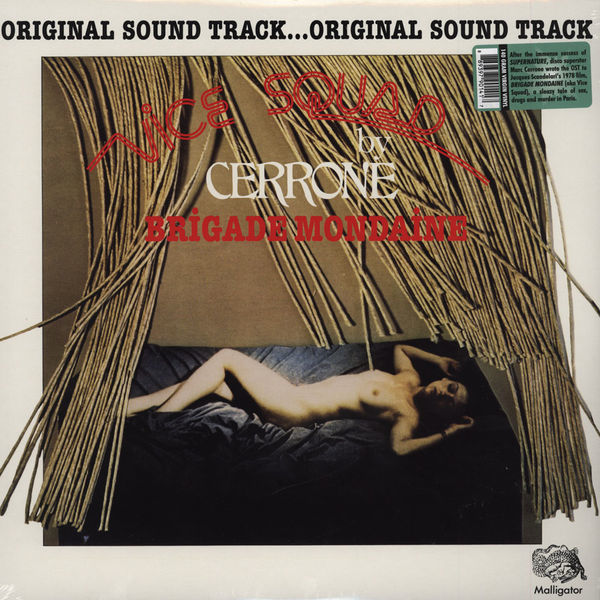
12. CERRONE, “GENERIQUE (DEBUT)”
Drums (his favorite instrument) and a few notes of synthesizer are enough to allow Marc Cerrone to introduce us into the interlope universe of the police vice squad in 1978. The series, published by Gérard de Villiers was made into two other feature films (La Secte de Marrakech and Vaudou aux Caraïbes) for which Cerrone also composed the music. Here, Cerrone perfectly captures the nervousness of a stripper about to go onstage.
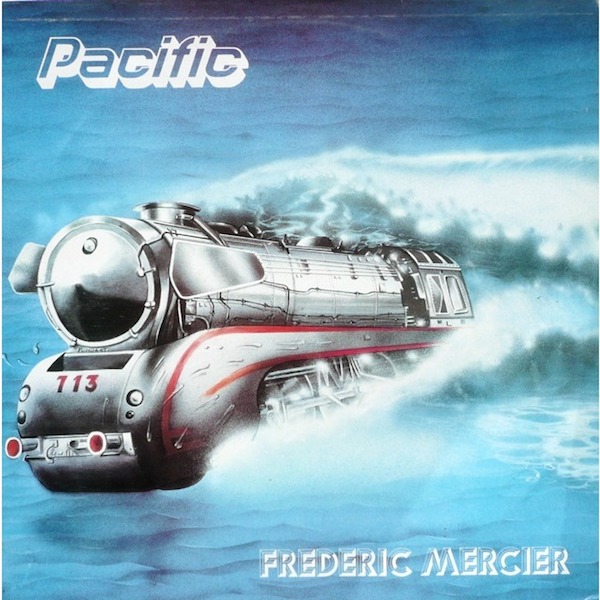
13. FREDERIC MERCIER, “SPIRIT”
Frederic Mercier is a forgotten figure of the French space-disco movement. In 1978, he published a debut album, Pacific, that later became a classic for fans of the genre. Languidly deploying successive synthetic waves over a mechanical rhythm, Mercier manages to create a sensual but oppressive climate on this track. One can imagine the erotic reveries of an android abandoned in a sauna. After a second instrumental album, Music from France, where he does a cover of “La Marseillaise” on synth, Frederic Mercier focused his talent on photography.
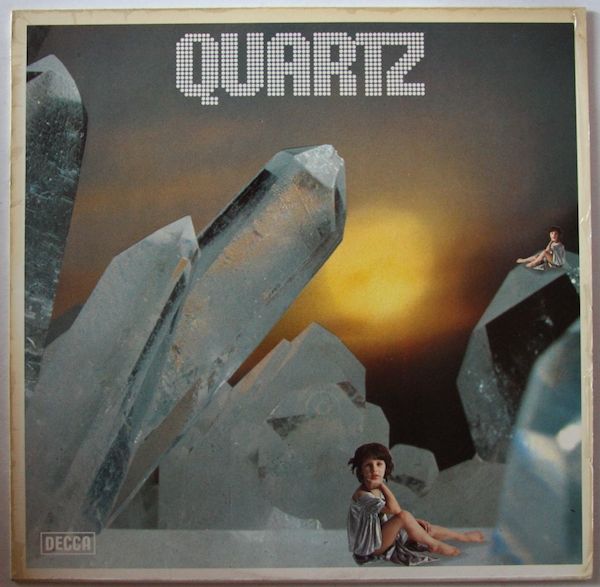
14. QUARTZ, “CHAOS”
Didier Plus, Laurent Taïeb and Patrick Langlade formed Quartz at the end of the ’70s. Their eponymous debut album (the only other album is Camel in the City) features this “Chaos” where great synthetic organs announce the coming of a new robotic rhythm marching straight into the future.
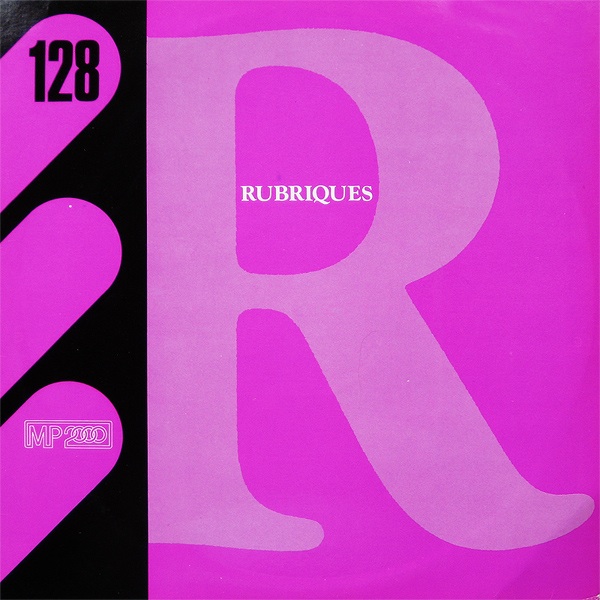
15. RENE ROUSSEL, “CARAMEL”
We don’t know much about this mysterious René Roussel, the author of a unique album, Rubriques, on the label Montparnasse 2000. With ‘Caramel’, he put together a minimalist canvas with what was at hand: mechanical rhythms, funky synths… What if we were here in the presence of the first prototype of house and techno?
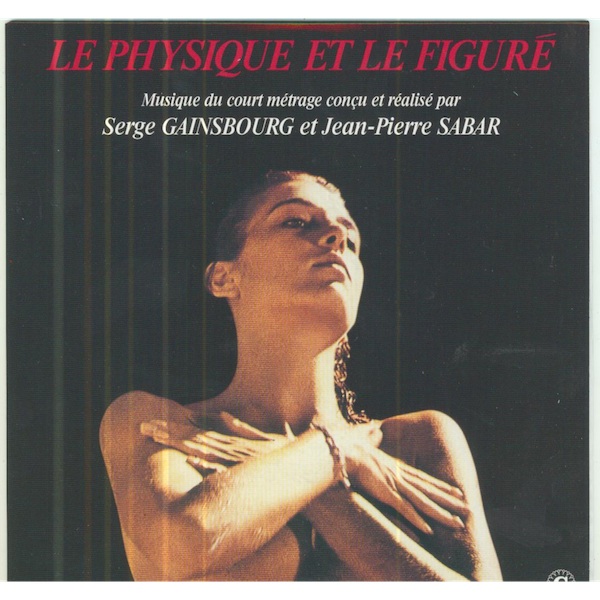
16. SERGE GAINSBOURG, “LE PHYSIQUE ET LE FIGURE”
A rare, if not unique, incursion of Serge Gainsbourg’s into the electronic side of things, this song is the soundtrack for a short-film Le Physique et le Figuré, which he directed in 1981. It exudes a somber and frenetic atmosphere that recalls the horrific scores composed by Goblin for Dario Argento.
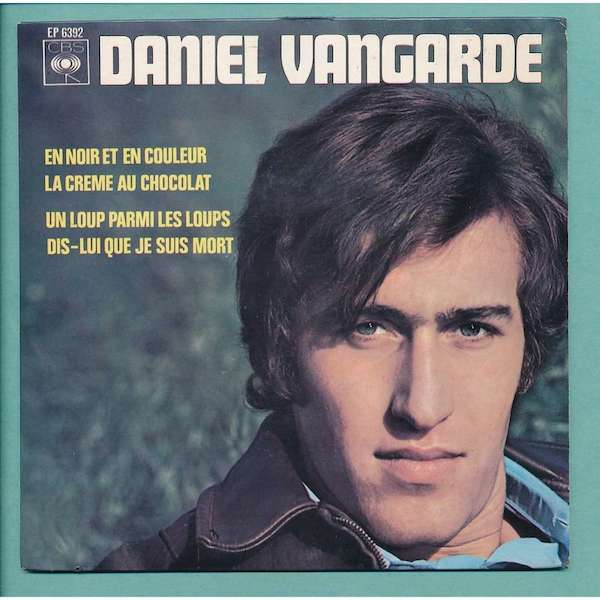
17. DVWB, “AQUA”
In 1978, Daniel Vangarde—the father of Thomas Bangalter from Daft Punk—was a protest singer who had just started producing disco with Ottawan, the Gibson Brothers and Sheila. With “Aqua,” a rare track destined for Wally Badarou, he revisits traditional Creole music with contemporary technology: synths, beat boxes and vocoders recreate an artificial and tropical paradise. Electro zouk has just seen the light of day.
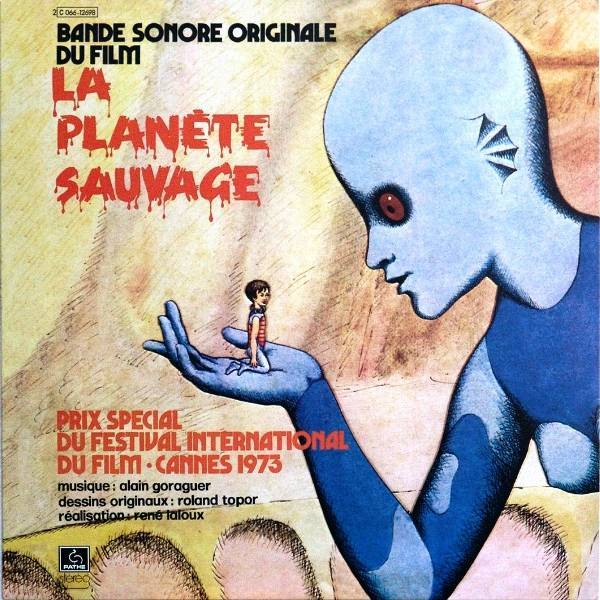
18. ALAIN GORAGUER, “LE BRACELET”
In 1973, René Laloux received the Cannes Special Jury Award for his film Forbidden Planet, written and drawn by Roland Topor, and thus animation movies entered adulthood. Alain Goraguer’s hypnotic score reaches a perfect balance between innocence and cruelty, exacerbating the malevolent, baroque and anxious universe of the film. It’s one of the most beautiful French soundtracks. Alain Goraguer was a prolific composer and arranger (he also composed a few scores for pornographic films under an assumed name), and he helped quite a few French people lose weight by composing the opening credits to the program Gym Tonic.
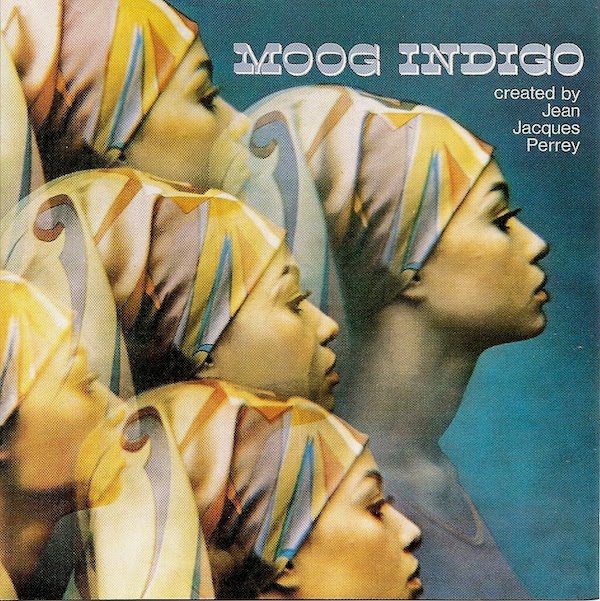
19. JEAN-JACQUES PERREY, “E.V.A.”
A true pioneer of French electronic music, Jean-Jacques Perrey published the album Moog Indigo in 1970, which includes this fantastic “E.V.A.” Sampled by Gangstarr and remixed by Fatboy Slim, “E.V.A.” has become a symbol of the French electronic style: playful and contemplative, as well as fundamentally irresistible and innocent.
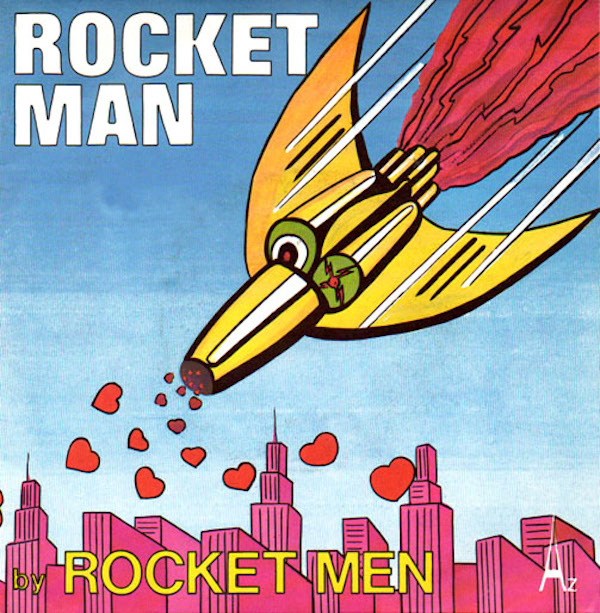
20. ROCKETS, “ROCKET MAN (INSTRUMENTAL)”
Philippe Renaux was a prolific producer in the ’70s. He worked on Noëls Cosmiques, some of Chris Craft’s and Space Pilot’s albums, and collaborated on the Space Factory and Sideral Space compilations. He is also behind the Rockets with the producer Claude Lemoine, who created their sptial costumes, and delivers here their official anthem in the form of a galactic cavalcade. On the road again!
